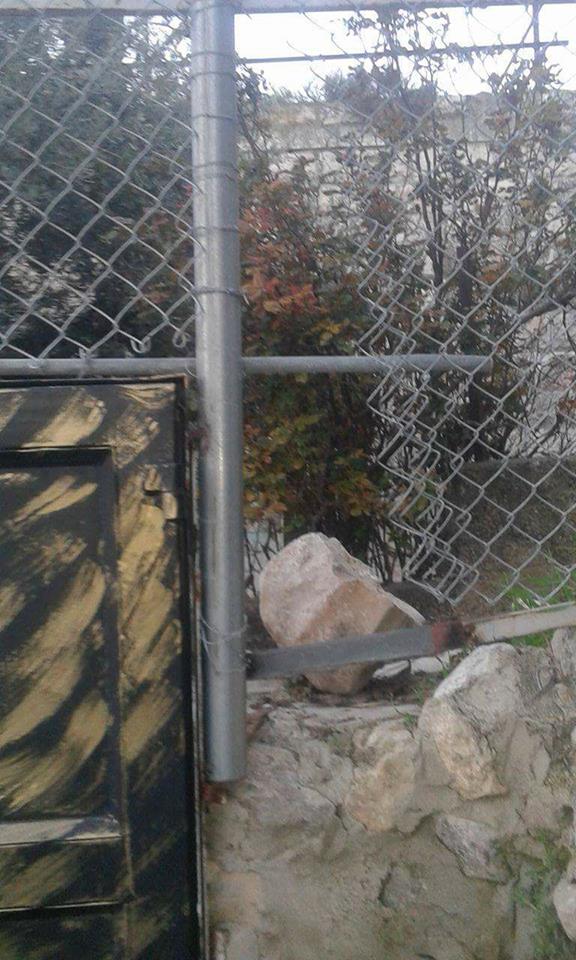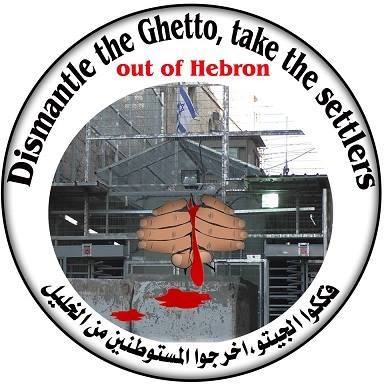Tag: Shuhada Street
-
Curfew, harassment and break-in for Shuhada Street as settlers celebrate Purim
14th March 2017 | International Solidarity Movement, al-Khalil team | Hebron, occupied Palestine Israeli settlers on 12th March 2017 harassed and threatened Palestinians and attempted to break into Shuhada Street kindergarten, as the Tel Rumeida neighborhood in occupied al-Khalil (Hebron) was put under curfew for Palestinians so that settlers could celebrate Purim undisturbed by Palestinian presence.…
-
Illegal settlers break into kindergarten, damage property
7th March 2017 | International Solidarity Movement, al-Khalil team | Hebron, occupied Palestine Colonial settlers from the illegal settlements in occupied al-Khalil (Hebron) have repeatedly invaded and damaged a Palestinian kindergarten located on Shuhada Street over the last two days. On Saturday night, the colonial settlers entered the Shuhada Street kindergarten, stealing two Palestinian flags…
-
In commemoration of the Ibrahimi Mosque Massacre: #DismantleTheGhetto take the settlers out of of Hebron
14th February 2017 | The National Campaign to Lift the Closure of Hebron “Dismantle the Ghetto” | Hebron, occupied Palestine February 25th marks the 23rd commemoration of the Ibrahim Mosque Massacre in Hebron. This year’s commemoration coincides with Israel’s unprecedented escalation in seizing Palestinian land in the West Bank for settlement expansion. This has been…



